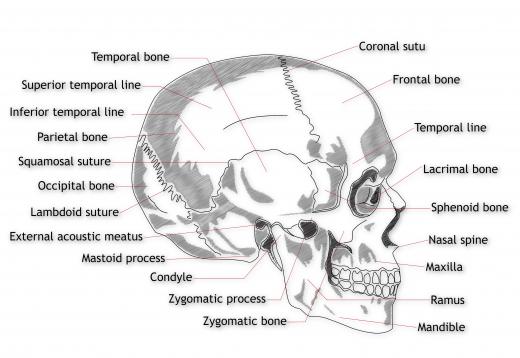What are Synapsids?
 Michael Anissimov
Michael Anissimov
Synapsids ("fused arch") are one of two groups of amniotes, or non-amphibian terrestrial animals, which includes mammals and their extinct relatives, the therapsids. The other group, the sauropsids, includes reptiles, birds, and extinct relatives. Together, synapsids, sauropsids, and amphibians make up all tetrapods, both extant and extinct, except for a few stem-group tetrapods that existed before these groups branched off from each other approximately 320 million years ago, in the late Carboniferous.
The only living synapsids are mammals. Since the word "mammal" is widely understood, and "synapsid" is not, sometimes the word synapsid is used to refer specifically to the extinct grouping, which was formerly called mammal-like reptiles. More recently, it was realized that these animals in fact lacked certain features universal among reptiles, and so were given their own group. Sometimes they are referred to as "stem-mammals."

One characteristic common among synapsids is the temporal fenestra, a hole in the skull behind the eyes, meant to reduce skull weight. Modern synapsids are all warm-blooded, but many of the early synapsids were cooled-blooded, making this characteristic non-definitive. Like today's mammals, ancient synapsids had glandular skin, without scales. It is unknown at exactly what point synapsids evolved body hair and mammary glands. Sometimes early synapsids are called "naked lizards," because they resembled lizards in appearance, just without the scales. Another evolutionary innovation of the synapsids were the first differentiated teeth. As synapsids continued to evolve, they became more mammalian and less reptilian.
Both the earliest synapsids and sauropsids looked like little lizards. Interestingly enough, the first known synapsid, Archaeothyris, which lived 320 million years ago, was slightly larger than the earliest known sauropsid, Hylonomus, which lived 315 million years ago, and may even have preyed on it. This role was reversed during the 155 million year-long Age of the Dinosaurs, then reversed again in recent times, when the dinosaurs died out and mammalian carnivores started frequently preying on lizards and snakes.
The early synapsid Lystrosaurus was one of the only terrestrial animals to survive the Permian-Tertiary extinction, the "mother of all mass extinctions" in which ~99.5% of all individuals and 70% of all terrestrial vertebrate species died. For a few million years, Lystrosaurus was one of the only tetrapods roaming the continents, a level of species uniformity not seen during any other geologic era.
AS FEATURED ON:
AS FEATURED ON:











Discuss this Article
Post your comments